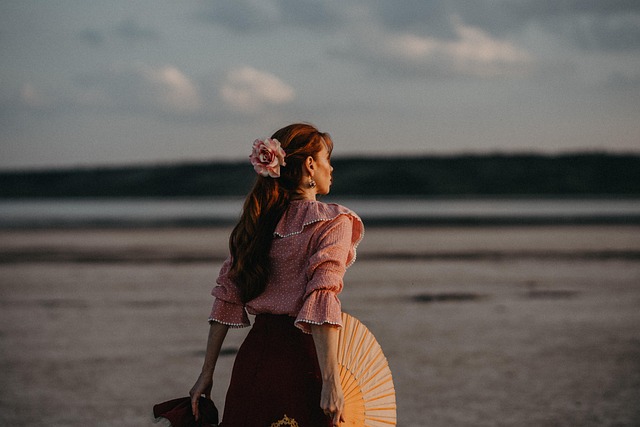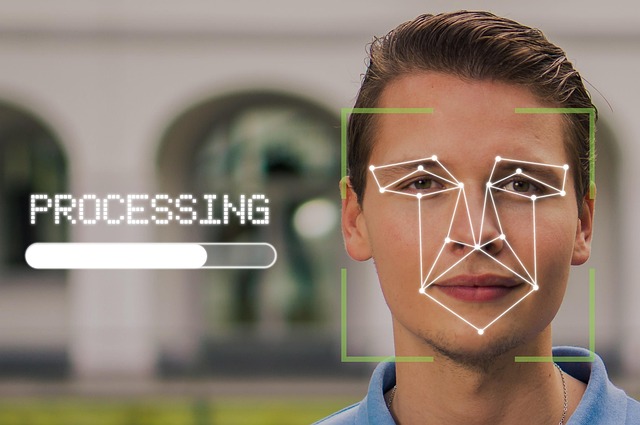When we think of rap music, we often picture pulsating beats, sharp lyrics, and a vibrant party atmosphere. But beyond the surface lies a rich tapestry of cultural history and evolution that reflects the changing landscape of music itself. The concept of music culture as it pertains to rap has transformed significantly over the decades, mirroring shifts in society, technology, and artistic expression.
Originally rooted in African American communities in the Bronx during the 1970s, rap emerged as a powerful form of musical expression. It wasn’t just about rhythm and rhyme; it was a voice for the voiceless, a way to share stories, experiences, and struggles. As hip-hop culture began to intertwine with the party scene, rap music became a staple at celebrations. The concept of music at parties began to evolve, turning gatherings into platforms for social commentary and cultural exchange.
Musical genres have always fed off one another, and rap is no exception. The infusion of funk, soul, jazz, and even rock into rap beats created a diverse musical base that resonated with a wide audience. As DJs began to spin records at parties, the concept of mixing different genres became a hallmark of the hip-hop culture, allowing everyone to find their groove. But it wasn’t just about the music; it was also about the connections being made on the dance floor, where people united under the shared love of rhythm and beat.
The digital age brought about a new revolution in rap music. With the rise of social media and streaming platforms, artists could reach audiences far beyond their physical locations. Now, a party could take place online, where a track released on SoundCloud could spark numerous dance challenges across TikTok. This newfound accessibility redefined the concept of music culture; it transcended geographical barriers and drew in diverse influences from around the world, creating a global party vibe that never sleeps.
Today, rap continues to be a dynamic force within music culture, shaping and being shaped by different musical genres. It serves as a canvas for individual expression and communal identity, allowing artists to represent their truths while inviting fans into the experience. The essence of a party—celebration, freedom, and camaraderie—remains alive in rap, as artists and fans come together to share in the joy of music.
As we delve deeper into the evolution of rap, we realize that the concept extends far beyond mere entertainment. It embodies the spirit of resilience, creativity, and cultural pride. Through parties, concerts, and viral trends, rap continues to be a powerful catalyst for change and connection in our daily lives.




